Barbara: So you use Isadora as an editing capacity to enhance Zoom.
Jared: Exactly. Zoom basically sees Isadora as an additional camera. Right now, I’m actually in Isadora, and I have a live camera on, which means I can now do whatever I need to design out the space. Isadora can capture the Zoom feed.
[Note: My image appears in Jared’s Zoom box.]
So, now, I can have you here, and we can basically shape this out. This is the first cue, and I could create a second cue, a duplicate, in which you are full screen. So now we’ve got cue one, and then we can crossfade to cue two. Inside this, I can create a mixer board that can cut between each of these, instead of it being a sequence of cues. Inside one cue, I could have hotkeys that cut between two distinct visual looks that I am generating from our zoom frames. I can be a TV mixer and can play it differently each night. It’s like a keyboard.
[Note: Jared captures a smaller version of my Zoom window within his and plays with it: sizing, color, lighting, multiplication of the image—the possibilities seems endless.]
Barbara: What is the plan for getting the word out about this way of working? This is your own artistic practice, of course, but you also seem very committed to the development of the form.
Jared: I started a company in September called Virtual Design Collective, ViDCo, which is our tongue-in-cheek way of turning COVID around. I needed helpers, but I needed to train them in it. We’re creating a website and tons of documents on technical vocabulary. It’s like, “Hey, we learned that you can use Isadora as a TV mixer. And here’s the plugin for that.”
We sent it to Isadora so they could help us outsource it to anybody who needs it. To me, it’s about helping our industry survive right now to tell stories.
We’re already ten shows in, and we have a huge website update coming in the next month. We had received the same email from like seventy people on one Zoom issue. That’s why we’re making these PDFs, because now I can say, “You have a sound issue. People can actually talk over each other on Zoom, but you have to click on these five boxes.” I wanted to make space for this because no one realizes everyone’s going through the same struggle.
Most software for theatre is so proprietary and consumer-exclusive that it either costs an arm and a leg, which no one has, or requires ten computers, which no one can fit into their personal office space. Isadora is a simple software is $550 for an in-perpetuity license that can run on PC and Mac. It’s revolutionary.
Most software for theatre is so proprietary and consumer-exclusive that it either costs an arm and a leg, which no one has, or requires ten computers, which no one can fit into their personal office space.
Barbara: Accessible, relatively cheap, no additional hardware required, yet still enables editing on Zoom?
Jared: It’s all the editing function. Inside here [continues demonstrating], I can de-saturate your image. I can make it blue. All of this one could do in Final Cut Pro or Adobe Premiere, but you’d have to render it in fifteen-minute chunks. This is live. So, just like we’re working here now, we would have actors, my co-director, and the playwright all on Zoom watching me move our video feeds into different compositions, and we would all be responding in real time, asking, “Well, what about this?” We were all finger-painting together.
Barbara: You seem pretty certain that Isadora is the way forward.
Jared: For me, yes. The QLab program ran all of our sound. OBS is a great software used to stream the content generated live in Isadora—I had it running in the background. But Isadora, as a general engine, is very powerful, potent, and flexible. The problem with OBS is you can’t feed back into the system without a significant delay. Whereas with Isadora the entire creative team and ensemble are able to see exactly where you are in real-time.
I was able to visually place one actor in front of another actor, when they are in two different Zoom feeds and across the country. I’d build this and say, “This is how you are placed together into one visual frame for the scene,” and they were able to see my visual composition of them so they could collaboratively strategize how they could move around and relate to each other as if in the same room, while in their separate living spaces.

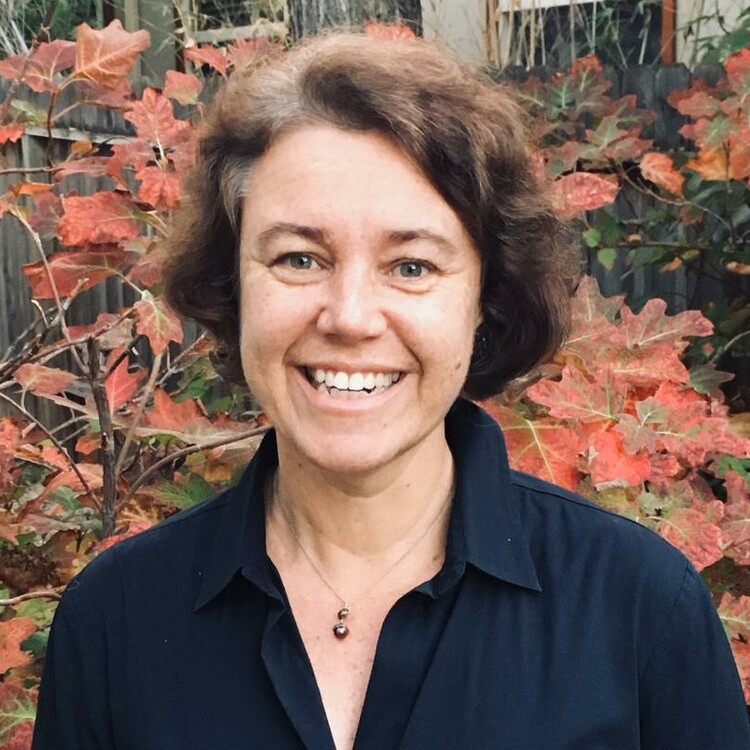
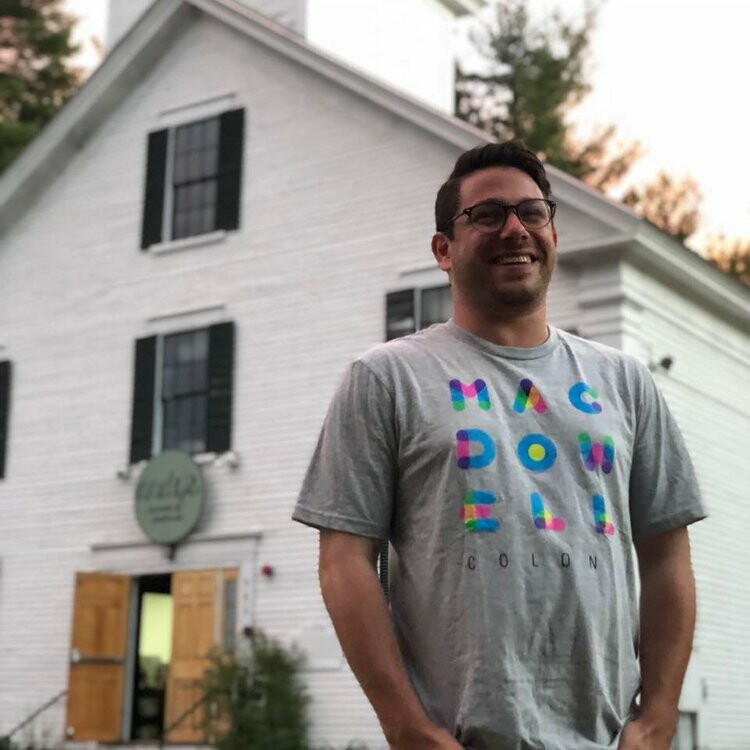


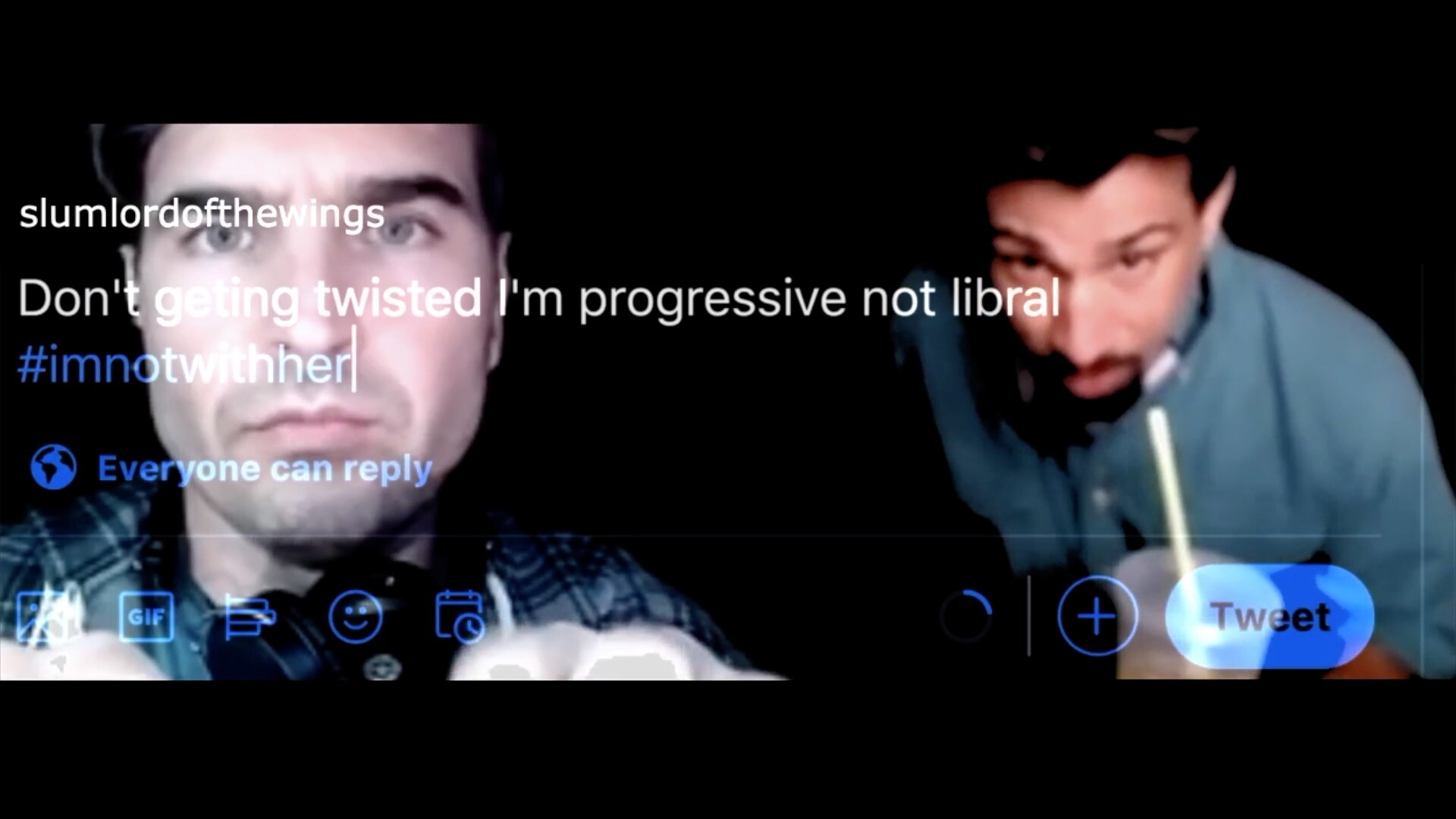
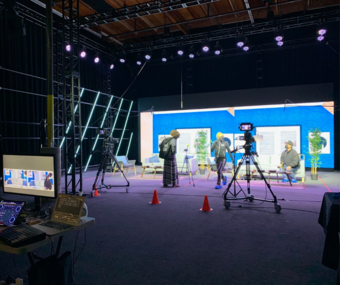



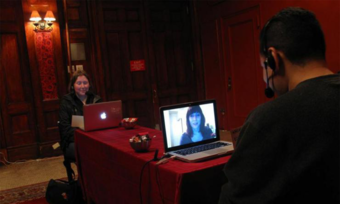






Comments
The article is just the start of the conversation—we want to know what you think about this subject, too! HowlRound is a space for knowledge-sharing, and we welcome spirited, thoughtful, and on-topic dialogue. Find our full comments policy here
Thanks for this terrific information and really hope that you're sharing it with https://www.usitt.org/